Our visit of Wenbi Monastery 10 kilometers south of Lijiang was one of the highlights of this trip through Southwest China. We followed the advice of our host who warned us against visiting Jade Peak Monastery, which is packed with Chinese tour groups. He also organized our transport, because it would have been even very difficult to reach the village at the foot of the mountain by public transport, not talking about the steep road up to the monastery.
Wenbi is a “real” monastery with very strong Tibetan features, high up on a mountain. When we got there, a group of pilgrims had just piled up their offerings in front of two burners and the monks sat lined up against the wall of a building chanting. Except us, there was not a single tourist in this place, something we have never, ever experienced since we arrived in China.
Naturally, we felt a bit out of place and stayed on the side watching the offering. The pilgrims, who seemed to be a large family, threw burnable food in the burner as well as tons of fake paper money from the “Hell Bank”. Soon, one of them offered us tea and later included us in the ceremony by giving us stacks of paper money and incense sticks to be burned. By then, the fire was going really strong, but more and more stuff was piled on top.
This was one experience we will never forget. In times when religious fanatics run amok in many parts of the world, here, complete strangers, foreigners, were included in a religious ceremony without much fuss, in the most natural manner.
Then, we went 10 kilometers north of Lijiang to Baisha, a quaint little village with well preserved old temples and some frescos from the 5th and 6th century done by Tibetan, Naxi and Han artists. They were later restored during the Qing dynasty and depict Buddhist themes. What little can be seen today, survived the Red Guards and the Cultural Revolution.
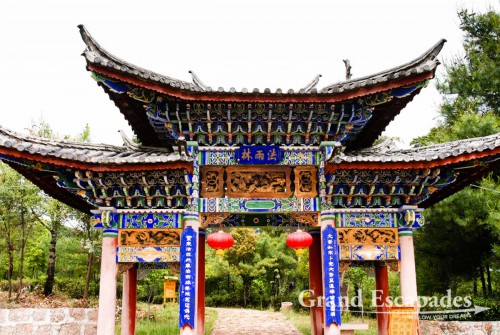
Baisha, a village with well preserved old temples and some frescos from the 5th and 6th century done by Tibetan, Naxi and Han artists, Yunnan, China
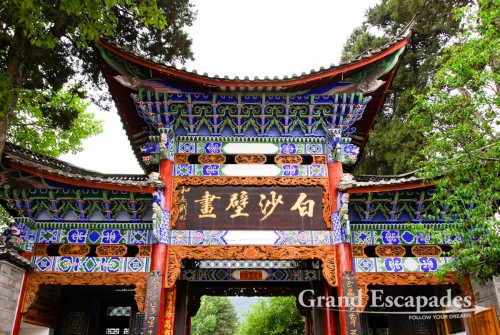
Baisha, a village with well preserved old temples and some frescos from the 5th and 6th century done by Tibetan, Naxi and Han artists, Yunnan, China

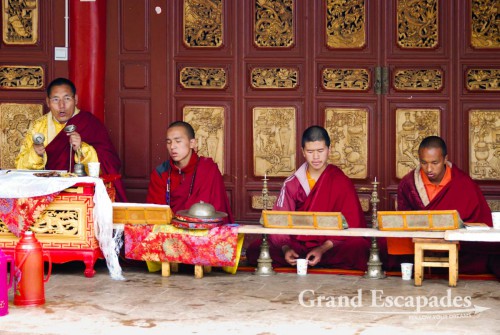
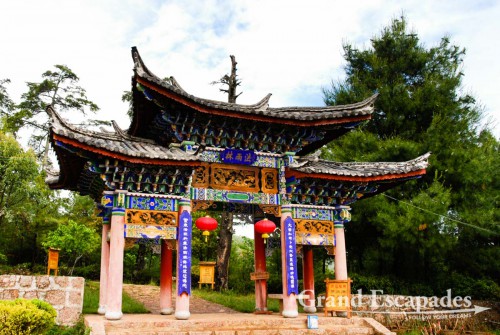
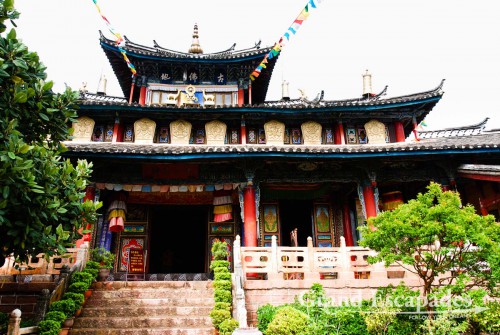
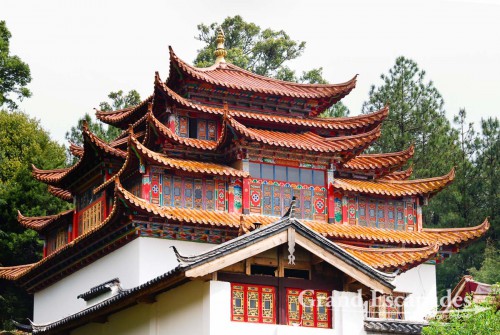
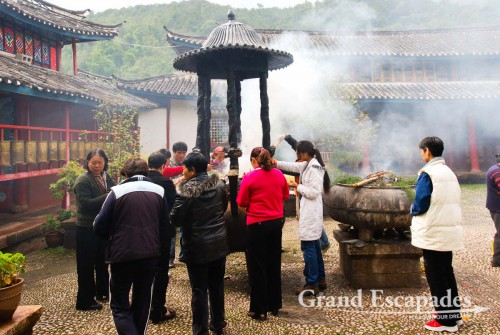
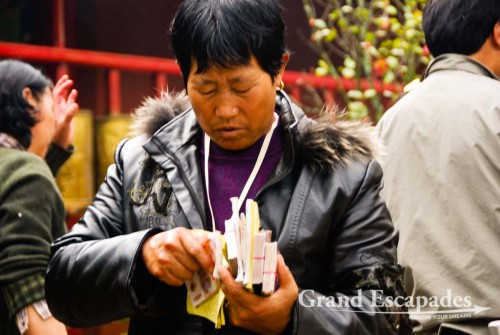
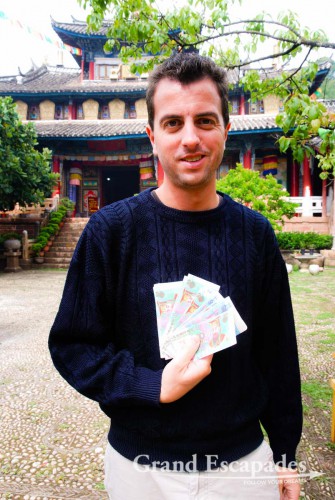
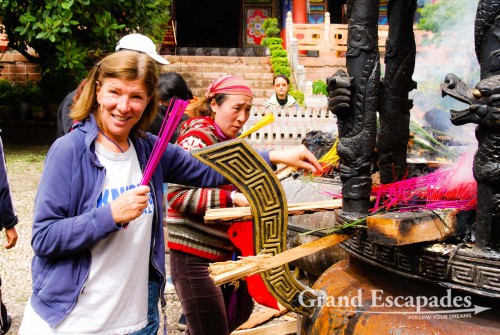
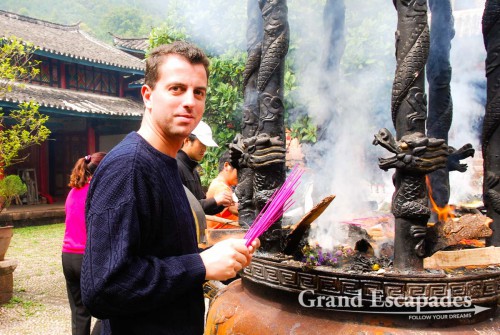
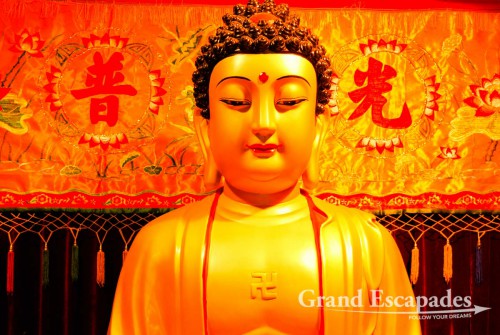
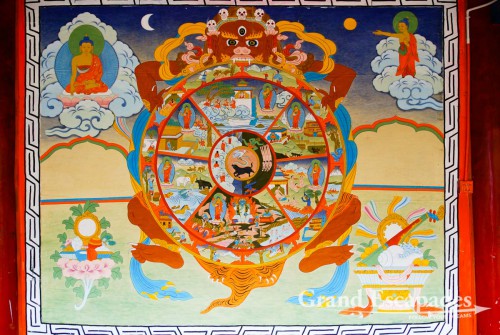
No comments yet.